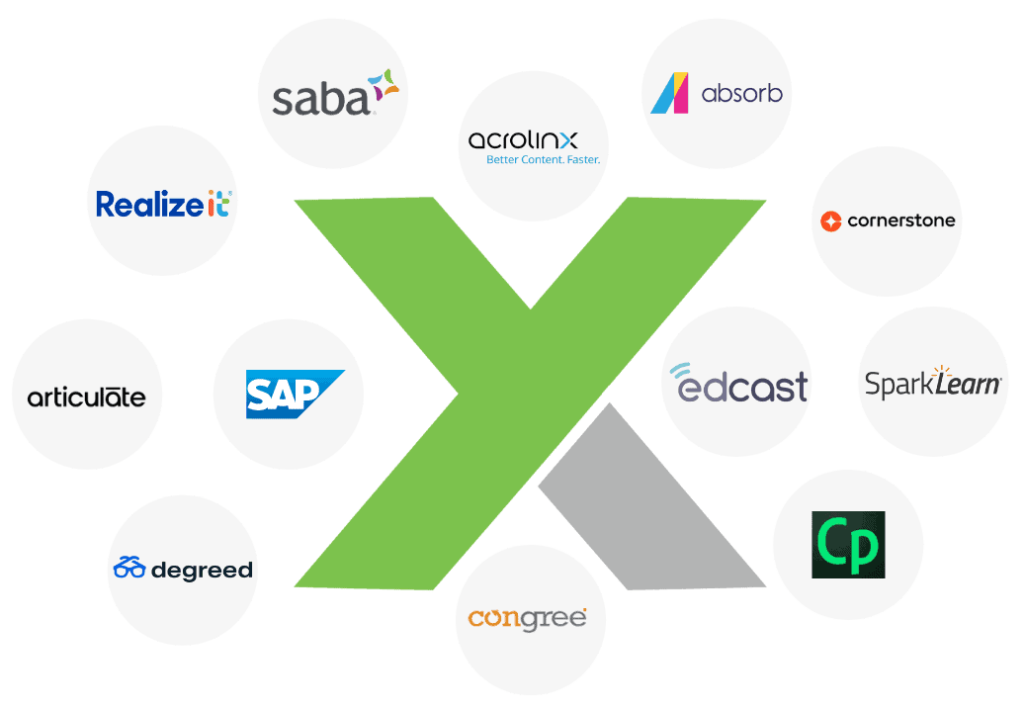
David Walters, CEO
Employee engagement is important to any organization, and I believe that the Learning and Development team plays a big role in driving engagement by creating opportunities for employees to learn, grow, and feel fulfilled in their jobs. Therefore, I am eager to receive analytics on how engaged employees are with the development opportunities our organization provides. This can be measured through surveys, feedback forms, and other engagement metrics that arise from various learning programs. Some specific data points I'm interested in include:
- Employee feedback and satisfaction ratings on learning programs
- Participation rates in optional learning activities
- Number of learning opportunities taken by each employee
The Learning and Development team holds the critical responsibility of endowing our workforce with the necessary technical skills required to execute their job roles with confidence. To keep pace with the fast-evolving advancements in their respective domains, evaluating the employees' competency levels through skill assessments and training sessions becomes an indispensable practice. Therefore, I am constantly intrigued by the data that reflects the growth of skill development in our employees. In particular, certain data points capture my attention and extend my curiosity. Some specific data points I'm interested in include:
- Performance metrics related to specific skills covered in the training programs
- Training completion rates and time spent on each module
- Feedback from managers and supervisors on employees' skill development progress
When it comes to the success of the organization, analytics that provide evidence of the effectiveness of the Learning and Development programs become very important. The aim is to justify their ROI through cost-benefit analysis, tracking how more productivity and improved skills translate into results for the company. Therefore, I am keen to receive insights on the value add that L&D programs bring about. Some specific data points I'm interested in include:
- Cost per employee for training programs
- Increase in productivity and performance metrics after training completion
- Employee retention rates and their correlation with participation in learning programs
- Comparison of key performance indicators (KPIs) before and after training

From content management, content creation, translation management, check out our interactive ROI calculator to see how much your organization could save with a CCMS.
In my role as the CEO, I place a great deal of importance on the impact that Learning and Development initiatives have on our organization's overall performance. As a result, my top priority is to gather and analyze data that accurately illustrates the connection between L&D efforts and business outcomes. I am particularly intrigued by a multitude of specific metrics that provide insight into this relationship, such as:
- Revenue growth or cost savings resulting from improved employee skills
- Customer satisfaction ratings tied to employee training and development efforts
- Employee turnover rates and the correlation with engagement and L&D programs
Moreover, I believe that utilizing this information to inform our decision-making and optimize our L&D programs is essential for driving the success of our organization.
To guarantee the efficacy of L&D endeavors, it is imperative to synchronize them with the larger strategic goals of the company. Providing analytical insights that illustrate the role of Learning and Development initiatives in achieving these objectives holds immense importance. My attention is particularly focused on several vital metrics, including:
- Alignment of employee skill development with strategic skills identified for the organization
- Number of employees trained in critical areas aligned with organizational priorities
- Tracking the acquisition of new skills needed for future growth and innovation
- Employee feedback on how training programs contribute to overall organizational goals
Furthermore, extending these metrics to cover a more comprehensive range of areas can greatly enhance the evaluation and overall success of L&D efforts.
How Xyleme Helps Provide the Data
To effectively measure and track these key analytics, our organization utilizes our own platform, Xyleme, a powerful learning content management system (LCMS). Xyleme offers several benefits that aid in providing the necessary data for Learning and Development analytics:
Centralized Learning Content: Xyleme allows our Learning and Development team to centralize all learning content in one place. This ensures consistency and simplifies the process of collecting data from various sources.
Granular Learner Data: Xyleme provides the capability to collect granular data on learner interactions with content. This includes data on completion rates, time spent on each learning module, and user engagement. This level of detail helps us understand learner behaviors and identify areas for improvement.
Data Visualization and Reporting: Xyleme offers robust data visualization and reporting features, allowing us to transform raw data into meaningful insights. The platform generates customizable reports, graphs, and dashboards that provide a clear overview of learner progress, skill development, and engagement metrics.

Xyleme integrates with many of your existing tools & platforms
Integration with Other Systems: Xyleme seamlessly integrates with other systems and tools used by our organization, such as our HR systems and learning management systems (LMS). This integration ensures that data captured by Xyleme can be combined and analyzed with other relevant data sources, providing a comprehensive view of learning and development effectiveness.
As a CEO, I believe that analytics from the Learning and Development team are crucial to the success of our business, as they help me make data-driven business decisions. Employee engagement, skill development, and ROI-based analytics are three of the most important metrics I look for, and Xyleme plays a vital role in providing the data and insights we need to stay competitive and future-ready in the ever-evolving market.
You Don't Have to Live with Content Chaos
Access our comprehensive resources library to gain valuable insights, guidance, and tools for your industry. Discover white papers, eBooks, webinars, and more that cover a wide range of topics to help you stay informed and ahead of the curve.





